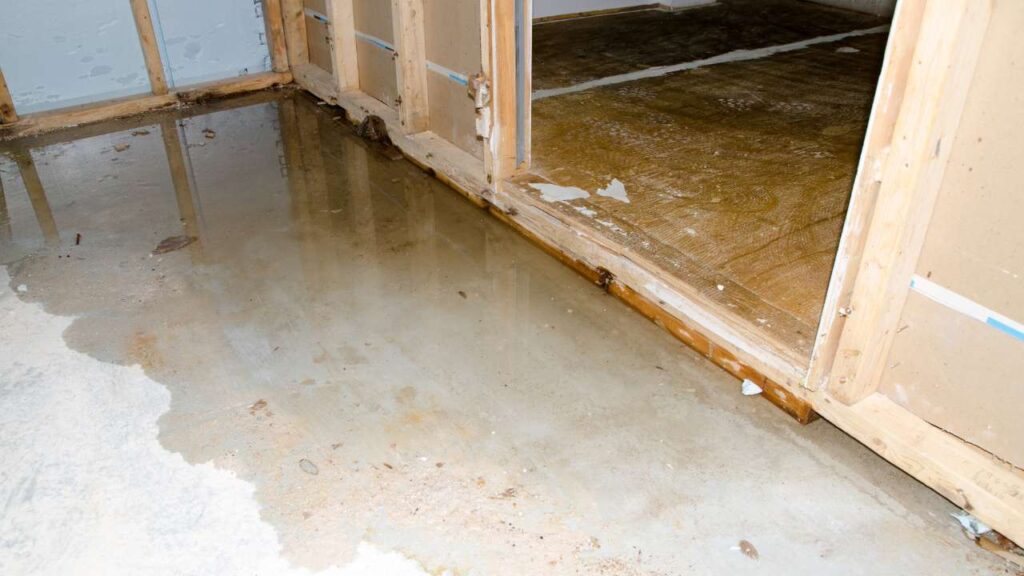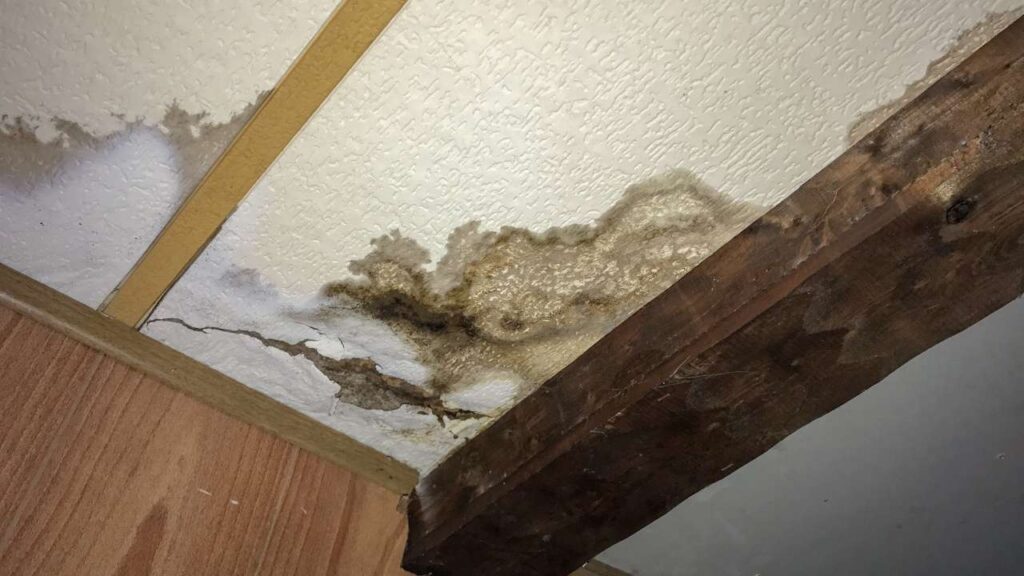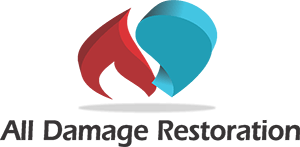
When facing water damage, one of the first decisions is whether to opt for professional water damage remediation or attempt a DIY approach. This comprehensive guide will help you understand both paths, ensuring you make an informed decision for your specific situation.
Understanding Water Damage Remediation
The Basics of Water Damage
Water damage can range from minor leaks to major flooding. The key is to address it promptly to prevent further damage and costly repairs.
What is Water Damage Remediation?
Water damage remediation involves removing water, drying out the area, and restoring it to its original condition. This process is crucial to prevent mold growth and structural damage.
The Professional Approach
Advantages of Hiring Certified Experts
– Expert Knowledge: Professionals have the skills and experience to tackle all types of water damage efficiently.
– Advanced Equipment: From moisture detection tools to industrial-grade dehumidifiers, professionals have the right equipment for effective remediation.– Mold Prevention: Experts understand how to prevent mold growth, a common problem following water damage.
Cost of Professional Water Damage Remediation
Professional water damage remediation costs vary based on the extent of damage and the services needed. Importantly, in many cases, these costs can be covered by insurance. After assessing the damage, professionals can help analyze whether insurance claims can be filed, potentially saving homeowners from out-of-pocket expenses. A detailed estimate is provided post-inspection, considering insurance coverage possibilities.
The DIY Route
When to Consider DIY Remediation
DIY can be suitable for minor, clean water damage. However, if the water is contaminated or the damage is extensive, professional help is advised.
Risks and Challenges of DIY
Inadequate Equipment: Standard home equipment may not be sufficient for thorough drying and moisture removal.
Hidden Damage: Without professional tools, detecting hidden moisture or damage is difficult, leading to potential long-term problems.Mold Risk: Often, DIY efforts result in improper drying, especially in materials like drywall. This oversight can lead to mold growth, unseen yet posing significant health risks and structural damage, necessitating urgent professional inspection and remediation.
Key Steps in Water Damage Remediation
Water Removal and Drying
Professional: Utilize industrial-grade equipment including powerful pumps, vacuums, fans, and dehumidifiers for efficient and thorough water removal and drying.
DIY: Often limited to basic tools like mops, conventional fans, and residential wet/dry vacuums, which may not be as effective in completely removing moisture and preventing mold growth.
Inspection and Water Damage Cleanup
Professional: A comprehensive inspection using advanced equipment and expertise ensures all wet areas, including floors, walls, ceilings, baseboards, and personal belongings, are properly identified and cleaned.
DIY: Often relies on visual inspection, which can miss critical moisture in building materials and personal items, leading to inadequate drying and potential long-term damage.
Repair and Restoration
Professional: Offers comprehensive repair services, including addressing water and mold damage, to fully restore the property to its condition before the damage occurred.
DIY: Typically limited to surface-level repairs and cleanup, which may not adequately address hidden or more severe issues like mold growth, leading to potential long-term damage.
Long-Term Impact

The Importance of Thorough Remediation
Failing to properly remediate water damage can lead to structural issues, health problems due to mold, and decreased property value.
DIY vs. Professional: Making the Right Choice
Consider the scope of damage, your skills, and the potential risks. When in doubt, consulting a professional is always a safe bet.
Frequently Asked Questions
How Long Does Professional Water Damage Remediation Typically Take?
The time frame for professional water damage remediation can vary. For minor damage, it may take a few days, while extensive damage could require several weeks. Factors like the size of the affected area and the water’s severity play a significant role.
Are All Types of Water Damage Covered by Homeowner’s Insurance?
While standard homeowner’s insurance typically covers sudden and accidental damage, such as from a burst pipe, it often excludes flood damage, which is usually covered under a separate, state-provided insurance policy. It’s crucial to understand the specifics of your policy. Our team can review your insurance coverage to determine what types of water damage are included and guide you through the claims process for any covered damages.
Can Water Damage Remediation Prevent Health Issues?
Yes, proper remediation can prevent health issues. Moisture can lead to mold and mildew growth, which are known to cause respiratory problems and other health issues. Professional remediation ensures complete drying and sanitization.
What Certifications Should I Look for in a Water Damage Remediation Professional?
Look for certifications from reputable organizations like the Institute of Inspection, Cleaning and Restoration Certification (IICRC). These certifications indicate that the professional has received proper training in water damage remediation.
Is DIY Remediation Cheaper Than Professional Services?
Although DIY remediation might appear less expensive at first, the health risks, particularly respiratory problems caused by improper drying and unnoticed mold growth, can be more alarming than the financial cost. Inadequately addressed water damage can lead to serious health concerns, which often overshadow the initial savings of DIY methods. Professional remediation ensures thorough treatment, safeguarding not only your property but also the health of those within it.
How Can I Prepare for a Professional Water Damage Remediation Service?
Before the professionals arrive, you can start by removing any undamaged items from the affected area. If it’s safe, you can also begin mopping or blotting excess water. However, it’s crucial to prioritize safety and avoid any actions that could worsen the damage.
What’s the Difference Between Water Damage Restoration and Remediation?
Water damage restoration involves repairing and restoring your property to its pre-damage condition. Remediation focuses more on resolving the immediate effects of water damage, like water removal and drying.
Can Mold Still Grow After Professional Remediation?
If the remediation is thorough, the risk of mold growth is significantly reduced. Professionals ensure all moisture is eliminated, which is the primary cause of mold. However, it’s important to maintain a dry environment to prevent future mold growth.
How Do Professionals Detect Hidden Moisture?
Professionals use specialized equipment like moisture meters and thermal imaging cameras to detect hidden moisture. These tools help identify moisture in walls, floors, and ceilings that aren’t visible to the naked eye.
Should I Stay in My Home During the Remediation Process?
This depends on the severity of the water damage. For minor damage, it might be safe to stay. However, for extensive damage involving structural repairs or potential health hazards, it’s often recommended to find temporary accommodation.
Trusting Professional Water Damage Remediation
In most cases, professional water damage remediation is the recommended route. With Water Damage Restoration services from All Damage Restoration, you can trust that your property is in expert hands, ensuring a thorough restoration and peace of mind.
